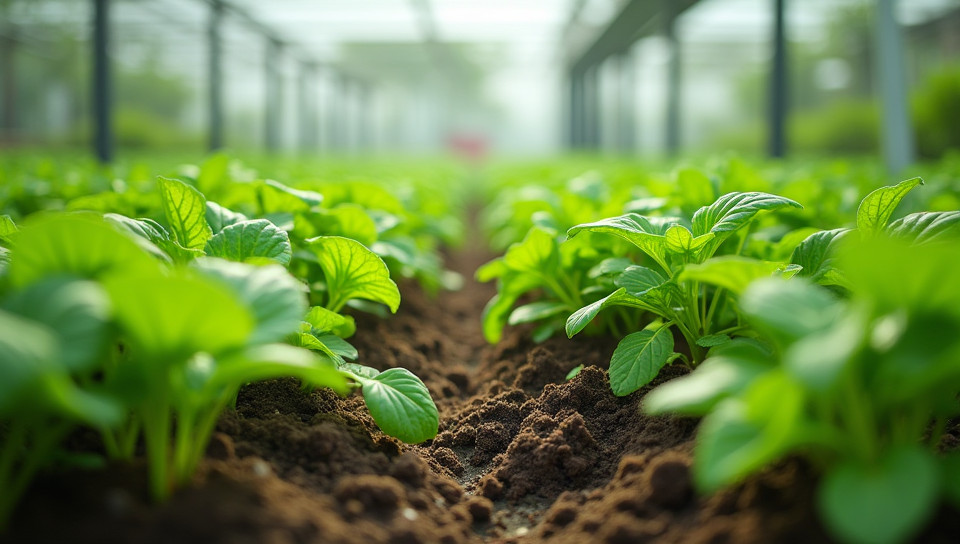Soilless cultivation is a key feature of hydroponics 75%

The Future of Farming: Unveiling the Power of Soilless Cultivation
As we navigate the complexities of climate change, food security, and sustainable living, it's becoming increasingly clear that traditional farming methods are no longer sufficient to meet our needs. The world's population is projected to reach 9.7 billion by 2050, putting a strain on global resources and exacerbating environmental concerns. In this context, hydroponics has emerged as a game-changing solution, with soilless cultivation at its core.
What is Soilless Cultivation?
Soilless cultivation, also known as hydroponic growth, refers to the practice of growing plants without soil. Instead of relying on traditional soil-based systems, hydroponic farms use nutrient-rich solutions to feed their crops. This innovative approach allows for greater control over the growing environment, enabling farmers to optimize conditions for maximum yields and minimized waste.
Benefits of Soilless Cultivation
Hydroponics offers numerous advantages over traditional farming methods:
- Increased crop yields due to precise nutrient delivery
- Reduced water consumption (up to 90% less than traditional farming)
- Improved food safety through controlled growing environments
- Enhanced crop quality, with reduced risk of soil-borne diseases
- Space-saving design, ideal for urban and indoor agriculture
The Science Behind Soilless Cultivation
At its core, hydroponics relies on the principle that plants require a balanced mix of nutrients to thrive. In traditional farming, these nutrients are obtained through soil, which can be unpredictable in terms of quality and availability. Hydroponic systems, on the other hand, provide a consistent and optimized nutrient delivery system, allowing farmers to tailor their crops' growth conditions with precision.
Conclusion
Soilless cultivation is a key feature of hydroponics that has revolutionized the way we grow food. By leveraging cutting-edge technology and innovative growing methods, hydroponic farms can produce high-quality crops while minimizing environmental impact. As the world grapples with the challenges of sustainable living, hydroponics stands as a beacon of hope for a more resilient and productive future.
- Created by: Sebastián Salazar
- Created at: Feb. 1, 2025, 3:49 p.m.
- ID: 19881

